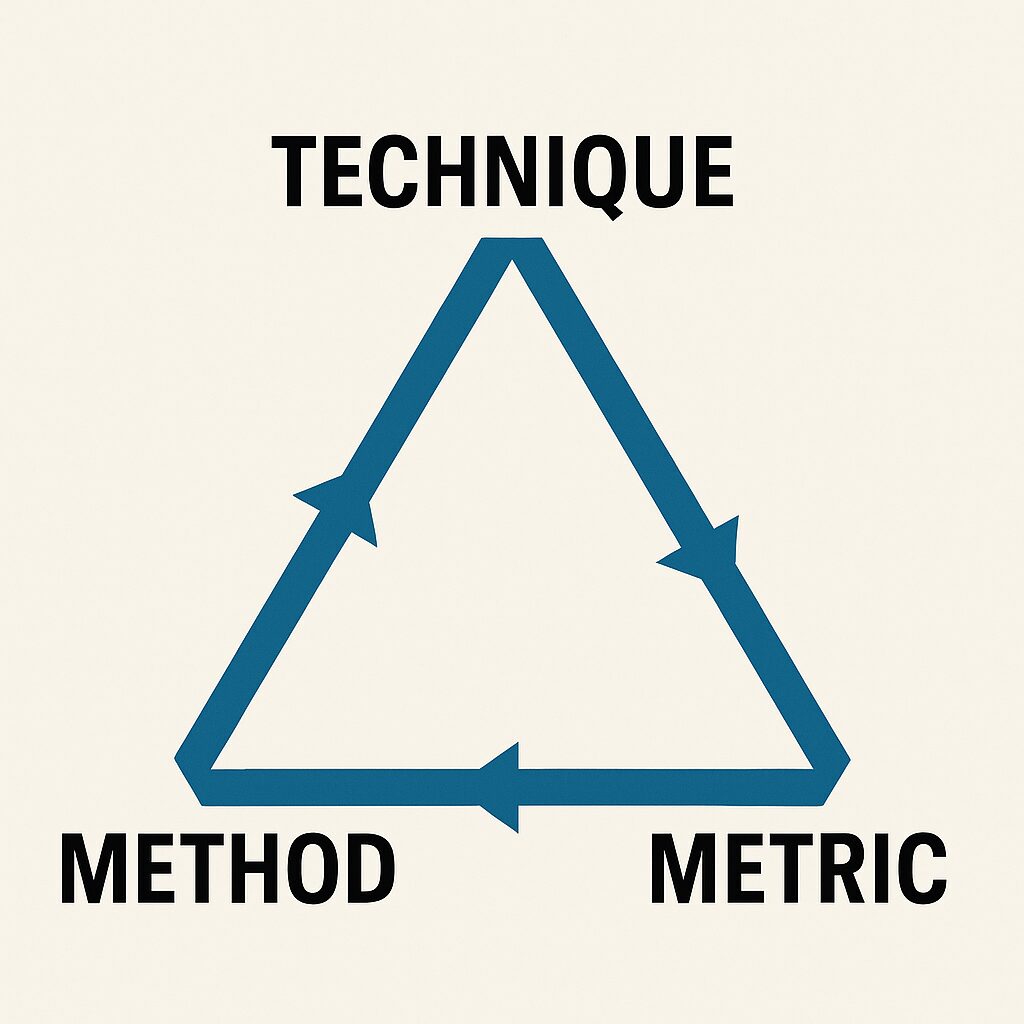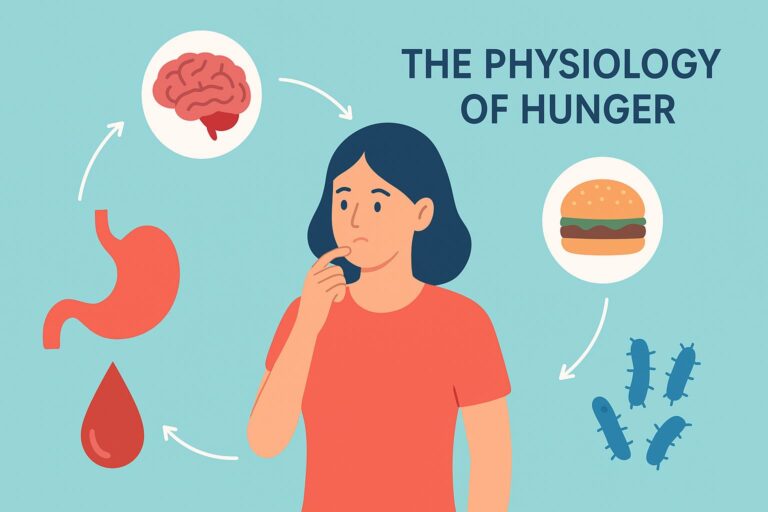
In the realm of performance development—whether in tactical environments or athletic preparation—the ABA International TMM Triad (Technique, Metric, and Method) stands as a scientifically grounded framework for measurable, transferable, and sustainable improvement. Originally developed to optimize combat shooting, the TMM Triad translates perfectly into strength and conditioning, providing a structure that bridges biomechanics, physiology, and pedagogy in a way that ensures consistency, accountability, and mastery.

Technique: The Foundation of Movement
At the base of the TMM Triad lies Technique, the cornerstone of all physical skill. In strength and conditioning, technique extends beyond mere exercise form—it represents the efficient execution of biomechanical principles under varying loads, speeds, and fatigue levels. Whether performing a squat, deadlift, or sprint, movement efficiency dictates both performance potential and injury prevention.
By applying the TMM’s technical lens, the practitioner treats every lift and drill as a neuromotor pattern to be refined. The focus shifts from “completing reps” to “programming precision.” Through deliberate practice and video-based feedback, athletes learn to stabilize under tension, align kinetic chains, and optimize force vectors—turning effort into efficiency. The ABA Intl approach emphasizes kinesthetic awareness and proprioceptive control as prerequisites for intensity, ensuring that progression is always built on structural integrity.
Metric: Measuring What Matters
The second pillar, Metric, transforms training from art into science. The ABA Intl doctrine insists that “what cannot be measured cannot be managed.” Within strength and conditioning, metrics include objective data—load, volume, velocity, heart rate, lactate threshold, jump height, or sprint time—as well as subjective indicators such as rate of perceived exertion (RPE), sleep quality, and recovery markers.
However, the TMM model introduces a higher layer of precision: metric relevance. Not all data is equally meaningful. The goal is not to collect numbers but to identify those that correlate directly with transferable performance outcomes. For instance, in a tactical operator’s context, the metric is not only maximum bench press but also strength endurance under oxygen debt, speed of recovery between bouts, and power retention under cognitive load.
This data-driven mindset allows the athlete or instructor to identify plateaus early, adjust volume intelligently, and correlate training input to field output. Over time, metrics become not a burden, but a feedback loop—turning the body into a self-auditing system.
Method: Structure That Creates Adaptation
The third and final pillar, Method, is where art and science converge. The Method defines how the training process is structured to produce the desired adaptation, integrating the principles of progression, variation, specificity, and recovery.
In the TMM perspective, Method is not rigid programming—it is adaptive methodology. It recognizes that no plan survives contact with reality unchanged. Instead, it emphasizes the dynamic balance between load and recovery, intensity and skill, specificity and general preparedness. A well-designed Method respects the individuality of the athlete while ensuring adherence to the universal laws of adaptation.
For example, the ABA Intl model advocates for cyclical stress modulation—alternating blocks of high-intensity work with periods focused on skill refinement and recovery. This rhythm maintains both physiological readiness and psychological engagement. The Method is also where cross-domain transfer occurs: lessons from strength development influence shooting stability, lessons from endurance training improve mission stamina, and lessons from mindfulness enhance recovery and focus.
The Triad as an Integrated System
The power of the TMM Triad lies not in its individual parts but in their interdependence.
- Without Technique, metrics become empty numbers.
- Without Metrics, methods become guesswork.
- Without Method, technique and data never translate into real-world performance.
When harmonized, the Triad forms a closed feedback system—technique informs metrics, metrics validate method, and method refines technique. This cyclical evolution aligns perfectly with the scientific principles of motor learning and adaptation, ensuring that performance increases are not random but cumulative and predictable.
The TMM Triad in Practice
In a strength and conditioning environment, applying the TMM framework might look like this:
- Technique: Video analysis of squat form to identify hip drive inefficiency.
- Metric: Bar velocity measured via linear encoder to quantify power output.
- Method: Adjust training to prioritize tempo control and posterior chain activation until speed and load return to target zones.
Over time, this process builds resilience, precision, and awareness—the same traits that make a competent shooter, fighter, or tactical operator. The gym becomes not just a place of exertion, but a laboratory of movement.
Conclusion
Strength and conditioning, when filtered through the ABA Intl TMM Triad, evolve from routine training into an applied science of human performance. It bridges the gap between the empirical and the experiential—where every lift, sprint, or drill is part of a broader experiment in self-mastery.
In this model, athletes and operators are not merely trained; they are engineered through iteration. The TMM Triad transforms training into a process of continuous refinement—a living dialogue between the body’s capability and the mind’s precision.
Technique provides control. Metric provides clarity. Method provides direction.
Together, they forge strength not just of muscle, but of discipline, adaptability, and purpose.
Forge Your Mind. Build Your Biology.
Join the Forge Biology newsletter — where science meets strength.
Every week, you’ll get:
-
Evidence-based insights on training, performance, and recovery
-
Real analyses of supplements that work (and the ones that don’t)
-
Deep dives into hormones, nutrition, and human optimization
No fluff. No marketing hype. Just data-driven knowledge to build a stronger body — and a sharper mind.
Subscribe now and start mastering your biology.







